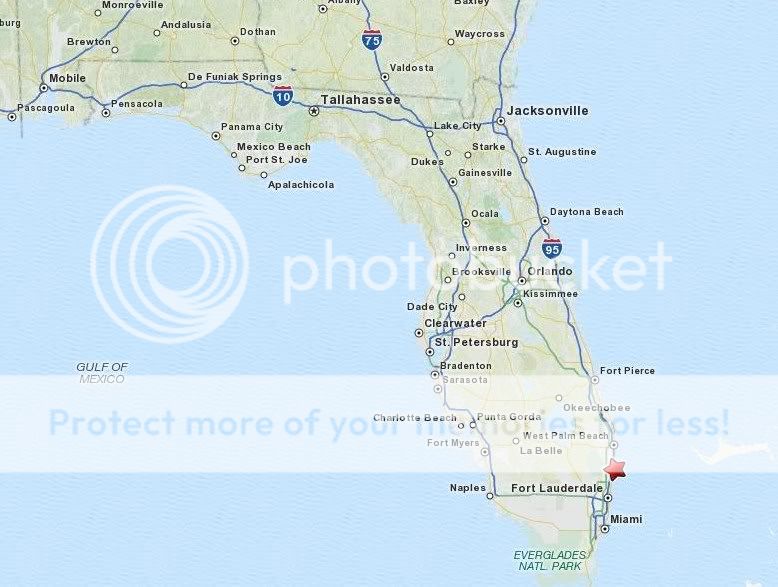AlmostGone
New Member
- Joined
- Jan 23, 2010
- Messages
- 431
- Reaction score
- 0
I live 3 1/2 hours South of where Haleigh lives and we have our first big gator in our back yard gulch/swamp/pond. About 2 weeks ago a 10 footer passed by but didn't stay and this one is about 6 foot and is eating fish from the fish beds. As previously posted, I too believe it was to cold for a gator to go after a baby in the river but crabs and fish are a sure bet. It is my hope that none of these folks would be so cruel as to throw this baby girl in the river but I grew up in Florida and the rednecks would tie cats to the clotheslines by there back feet just to watch them fight. FYI, I am not a redneck but have heard the stories. I have a cat, dog and 2 fish all in the house who I love like my children. When there is a gator around my dachshund only goes out with me and he is on a leash. Also, only in the front yard. This time of year the gators are ornery.
If I had seen a 6foot gator floating buy id be running in the other direction screaming im sure haha! Thanks for the info, sounds interesting and sadly I could see some guys or kids doing that to animals (feeding to gators)... I just hope haleigh didnt get tossed in that water...





